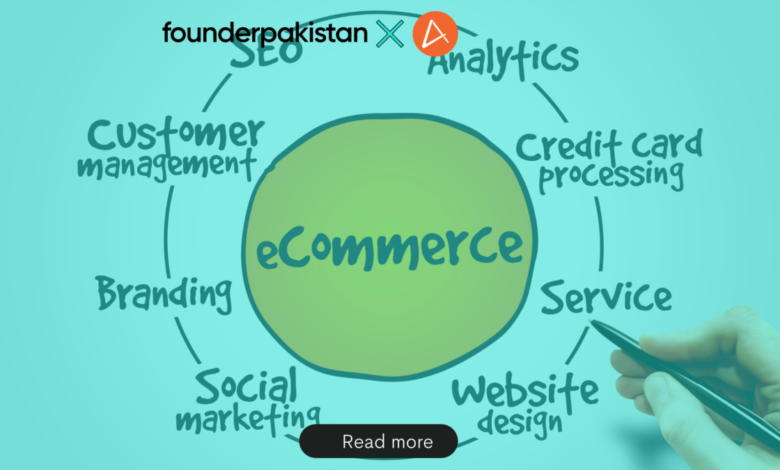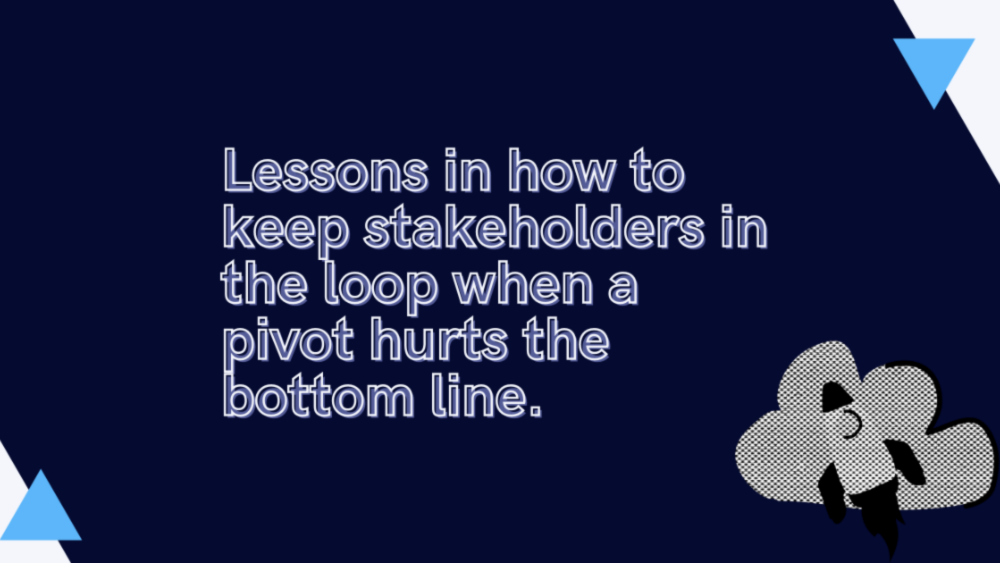E-commerce tech stack landscape in Pakistan

Back in 2001, Beliscity was the first online store to open in Pakistan. At the time, only 1.3% of the country’s population had internet connections. Over the next few years, more players entered the space, like Shophive in 2005, Symbios in 2006 and HomeShopping in 2008. But by and large, even the word e-commerce was pretty uncommon among the Pakistani audience until Daraz was launched in 2012. Around this time, internet penetration was also on the rise and people were getting open to the idea of purchasing outside of a traditional brick-and-mortar store.
Fast-forward to 2020 when COVID-19 hit: retail outlets shut down due to the imposed lockdown and the growth rate for online stores was nothing short of being commendable. According to the State Bank, the total number of registered e-commerce merchants in Pakistan was 4,887 in the year 2021-22 – an increase of 76% from the previous year (before COVID-19) when it was just 1,707.
2021 was the year when the number of online stores grew at a rate of 45% and the upward trajectory meant that many new players entered the market. Pakistan’s forecasted revenue for 2023 rose to $6.4 billion and it became the 47th largest market for e-commerce.
But, what technologies are the mushrooming e-commerce players using? The small players with little initial investment preferred ready-to-use, low-code platforms such as Shopify and Magento, in comparison to building a custom platform from scratch which was more resource intensive.
The e-commerce tech landscape became varied with big players choosing certain platforms. For this article, we worked with AlphaVenture to study the e-commerce tech landscape in Pakistan. The following table gives an overview of the platforms of choice:
Key takeaways from our research of leading e-commerce platforms of Pakistan:
The most popular e-commerce platforms in Pakistan are Daraz and Priceoye. Daraz caters to the largest customer base and offers a wide variety of products in different categories from home appliances to apparels. The second-most popular is Priceoye which started as a price comparison engine but now offers a variety of products including mobile phones, cameras, appliances, etc.
As shown in the above diagram, 40% of the stores use Magento, 27% of them use Shopify, 27% of the stores have used custom platforms and the remaining is using Bigcommerce. The most common e-commerce categories in the country are marketplace and fashion. The most commonly used programming language is PHP, mainly since it has a plethora of frameworks.
How to select the right tech stack for your e-commerce store (a checklist)
Selecting a tech stack is as easy as simply answering the questions that best suit your business. Once you answer, the best tech stack will be displayed. Let’s get started:
Final verdict: is this the right time to set up your e-commerce store
Pakistan’s e-commerce industry has an annual growth rate of 6.1 percent. For 2023, the projected revenue is US $6.4 billion and the expected user penetration was 23.9%. The prospects look bright. By the year 2025, the projected market volume will be US $9.1 billion. By 2027, the user penetration number is expected to increase to 28.2% and the total number of users is predicted to reach 70.8m.
So, if you’re convinced on setting up your e-commerce store, the next question is to decide on what tech stack will work best. Our recommendation is not to get married to a tech stack before setting up the e-commerce store. Instead opt for the tech stack after deciding what functionalities you expect from the e-commerce store (by taking help from the wizard above.)




